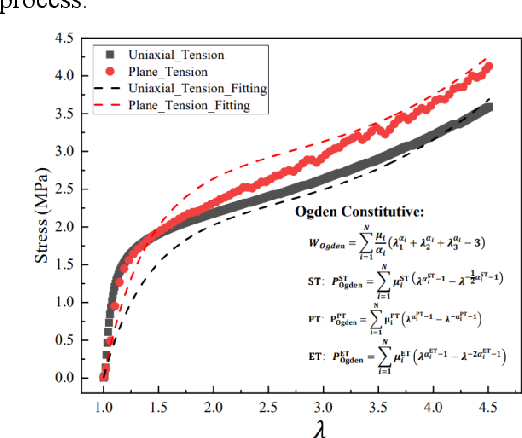

- #TASKBOARD ARCHITECTURE MATERIAL USED SCHOLAR HOW TO#
- #TASKBOARD ARCHITECTURE MATERIAL USED SCHOLAR WINDOWS#
If the parameter isn't present, the default is to use an ETag value of '*' to overwrite. This translates into an HTTP Request Header of 'If-Match', which means "only perform the operation if the ETag I've specified matches the one on this resource in the cloud". For instance, when storing table entities you can specify checkEtag: true.

For example, the Azure module for Node.js allows you to specify optional parameters that work on ETags. So how does this work with a wrapper? Well, it really depends on the wrapper you're using. This is all low level HTTP though, and most people would rather use a wrapper around the Azure APIs to make them easier to use.
#TASKBOARD ARCHITECTURE MATERIAL USED SCHOLAR WINDOWS#
See Windows Azure Storage Services REST API Reference as a starting point for further reading. Instead it's discussed for the specific APIs that use it. Unfortunately there's no centralized ETag document I can find for Windows Azure Storage. Note: If you don't care and want to always write the data, you can specify an '*' value for the ETag in the If-Match header. If the value in the cloud is different, someone's changed the data between steps 1 and 2 above and an error is returned. If the ETag you specify matches the current value of the resource in the cloud, the save happens. As part of the request, you specify a conditional HTTP Request header such as If-Match HTTP along with the value of the ETag you got in step 1. You do some modifications to the data and try to store it back to the cloud.This value is a unique value for the current version of the resource the version you were just handed. You request a resource (table entity or blob) and when you get the resource you also get an ETag value.ETags are part of the HTML 1.1 specification, and work like this: Luckily, Windows Azure Tables and Blobs have support for concurrent access through ETags. pretty much everything you'd run in the cloud,) handling concurrent writes to a shared resource is usually important. For applications that run more than one instance (i.e.
#TASKBOARD ARCHITECTURE MATERIAL USED SCHOLAR HOW TO#
Knowing how to read and write usually isn't sufficient for a multi-instance, distributed application. Larry Franks larry_franks) explained Windows Azure Storage and Concurrent Access in a post to the Silver Lining blog:Ī lot of the examples of using Windows Azure Storage that I run across are pretty simple and just demonstrate the basics of reading and writing. Other Cloud Computing Platforms and ServicesĪzure Blob, Drive, Table, Queue and Hadoop Service.Windows Azure Platform Appliance (WAPA), Hyper-V and Private/Hybrid Clouds.Windows Azure Infrastructure and DevOps.

Visual Studio LightSwitch and Entity Framework v4+.Live Windows Azure Apps, APIs, Tools and Test Harnesses.Windows Azure VM Role, Virtual Network, Connect, RDP and CDN.Windows Azure Access Control, Service Bus, and Workflow.Marketplace DataMarket, Social Analytics and OData.SQL Azure Database, Federations and Reporting.Windows Azure Blob, Drive, Table, Queue and Hadoop Services.Note: This post is updated daily or more frequently, depending on the availability of new articles in the following sections: A compendium of Windows Azure, Service Bus, EAI & EDI Access Control, Connect, SQL Azure Database, and other cloud-computing articles.


 0 kommentar(er)
0 kommentar(er)
